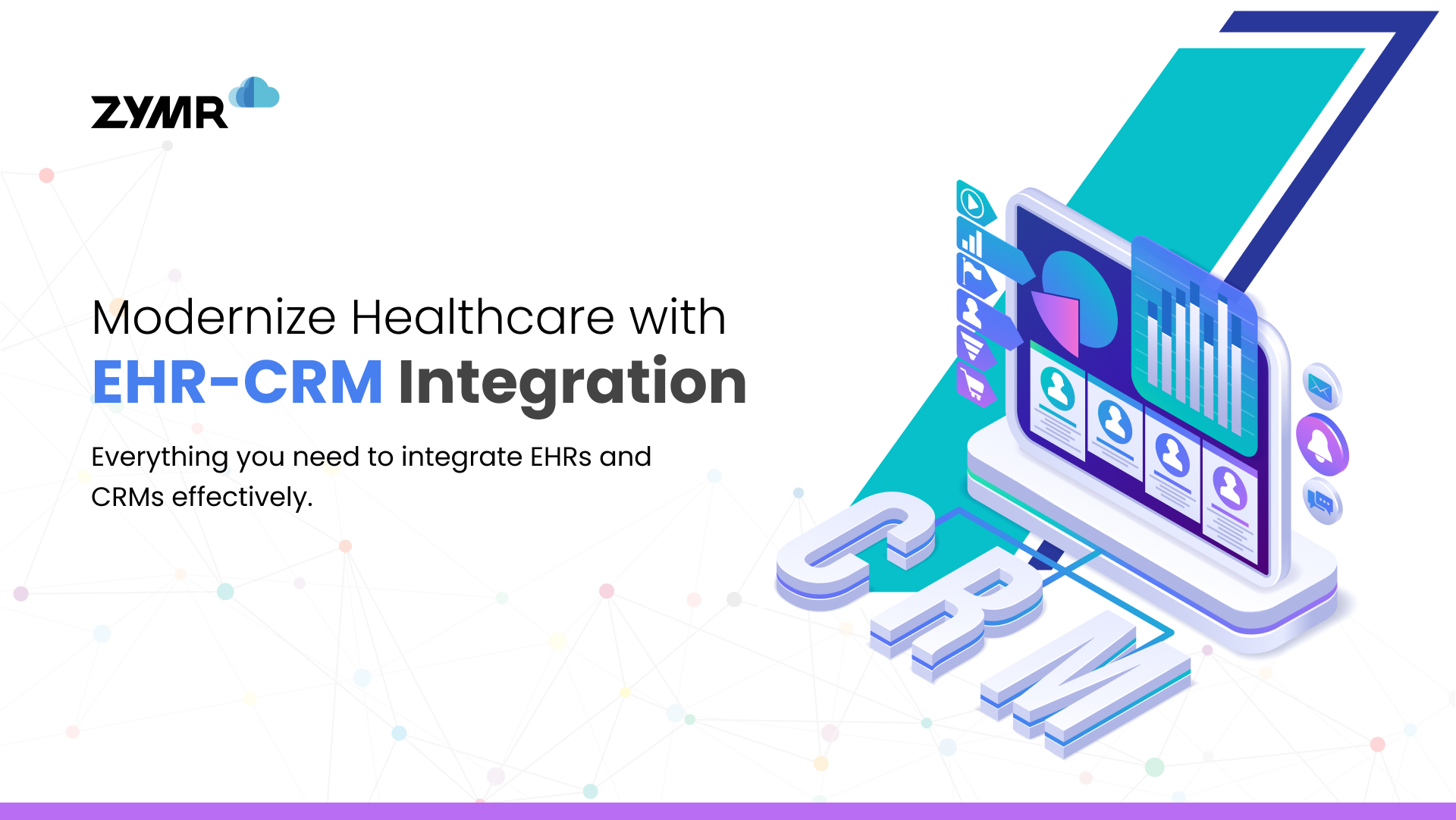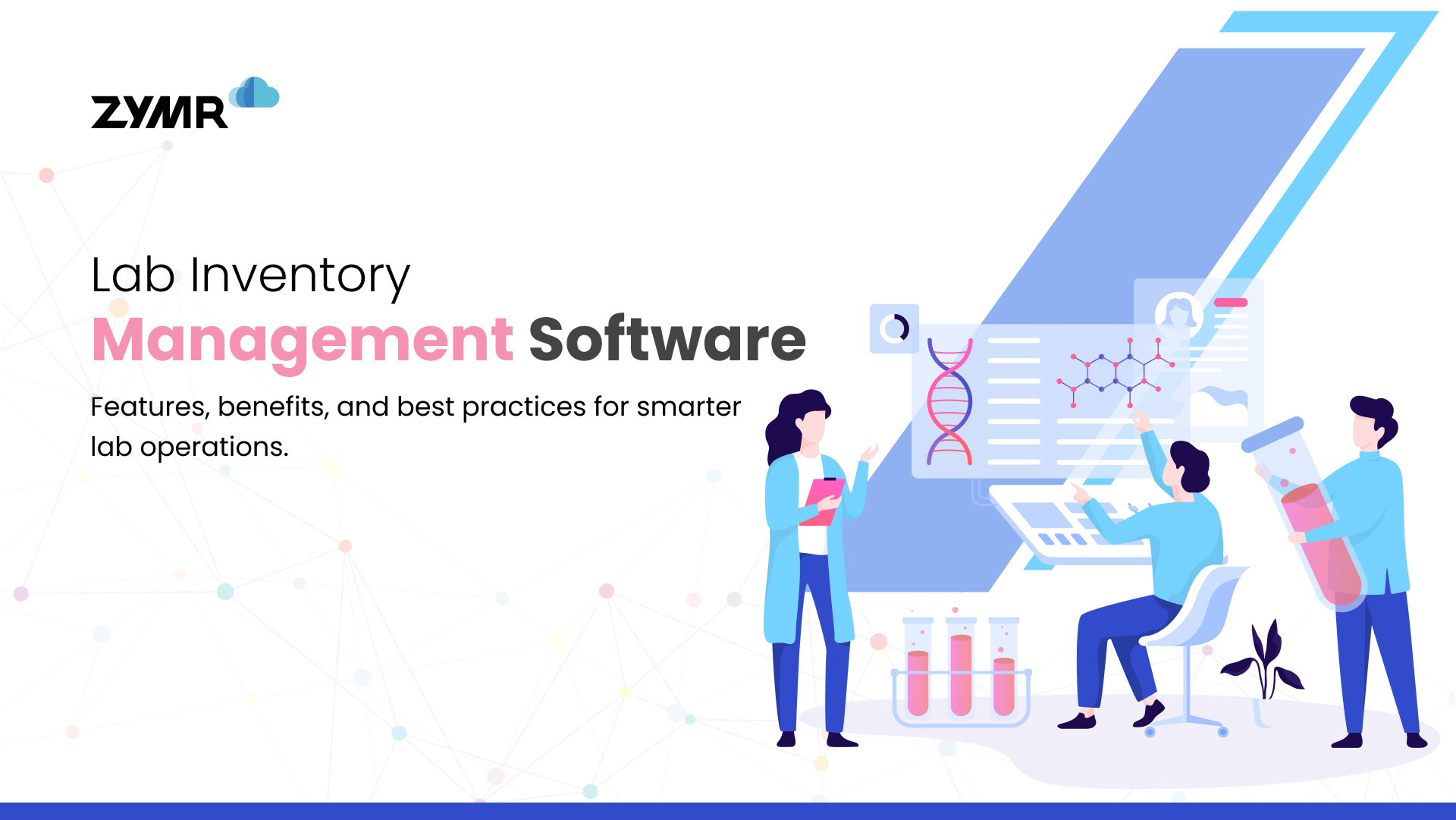Mastering DevOps Automation: Essential Tools and Strategies for Modern Software Delivery

Jay Kumbhani
AVP of Engineering
March 31, 2025
DevOps Automation Services
In modern software development, speed, security, and scalability are no longer luxuries—they're absolute necessities. Businesses that fail to deliver applications quickly and efficiently risk losing their competitive edge. However, despite adopting DevOps methodologies, many organizations still rely on manual processes that slow them down.
DevOps automation is the game-changer that transforms sluggish workflows into seamless, efficient, and scalable software delivery pipelines. Organizations can enhance collaboration between development and operations teams, improve code quality, and accelerate deployments by automating repetitive and error-prone tasks.
According to MarketsandMarkets, the DevOps market is set to grow from $10.4 billion in 2023 to $25.5 billion by 2028, reflecting the growing adoption of automated CI/CD pipelines, infrastructure provisioning, and security workflows.

This blog will explore:
- Challenges in manual DevOps processes
- How automation enhances CI/CD, security, and infrastructure management
- The essential DevOps automation tools for 2025
- Best practices for successful DevOps automation adoption
- Future trends shaping DevOps automation
Challenges in Manual DevOps Processes
While DevOps principles emphasize collaboration, efficiency, and rapid releases, many organizations struggle to scale due to reliance on manual workflows. These inefficiencies create bottlenecks that impact delivery timelines, software stability, and security posture.
- Slow Software Releases – Teams spend excessive time on manual testing, deployment, and rollback processes, delaying software delivery. This results in longer time-to-market and lost business opportunities.
- Inconsistent Deployments & Errors – Human intervention leads to configuration mismatches, security oversights, and failed deployments, increasing the failure rate in production.
- Inefficient Feedback Loops – Without automated alerts and monitoring, developers lack real-time feedback on code performance and security vulnerabilities, delaying issue resolution.
- Scalability Bottlenecks – As applications grow, manual infrastructure provisioning struggles to keep up, leading to downtime, increased costs, and inefficiencies.
Without DevOps automation, organizations fall behind competitors that are leveraging faster, more agile, and error-free development cycles.
What is DevOps Automation?
DevOps automation is the use of AI and tools to eliminate manual tasks across development, testing, deployment, and monitoring, enabling faster, more reliable, and scalable software delivery. The result? Faster, more reliable, and scalable software delivery.
Key Benefits of DevOps Automation
- CI/CD Pipelines Automation – Reduces human intervention, ensuring seamless code integration, testing, and deployment.
- Infrastructure as Code (IaC) – Automates infrastructure provisioning for cloud, hybrid, and on-premise environments.
- Security & Compliance Automation – Embeds security checks early in the development cycle, reducing vulnerabilities.
- AI-Driven Monitoring & Observability – Uses machine learning for real-time analytics and automated issue resolution.
A report from GlobeNewswire found that companies implementing DevOps automation increase deployment speeds by 27.89%.
Explore: The Future of DevOps in Value Stream Management
How Automation Enhances CI/CD, Security, and Infrastructure Management
DevOps automation is not just about speeding up deployments—it ensures stability, security, and scalability across the software lifecycle.
1. CI/CD Pipeline Automation
CI/CD pipelines are the foundation of modern DevOps workflows, but without automation, they can bottleneck releases and increase failure rates. CI/CD automation enables:
- Continuous Testing & Integration – Ensures that code changes are tested automatically, preventing faulty builds from reaching production.
- Error-Free Deployments – Automated rollback mechanisms quickly restore previous stable versions in case of deployment failures.
- Real-Time Feedback Loops – Developers receive instant insights into code quality and system performance, reducing debugging time.
Read: Continuous Development in DevOps

2. Security Automation: Proactive Risk Management
Security breaches can cripple an organization. By integrating automated security scans, policy enforcement, and real-time monitoring, companies can prevent attacks before they occur.
- AI-Powered Vulnerability Scanning – Identifies security risks at every stage of the DevOps pipeline.
- Compliance Enforcement – Ensures applications adhere to SOC 2, GDPR, and NIST standards.
- Automated Threat Mitigation – Uses machine learning-driven analytics to detect and resolve threats in real time.
Discover: AI in DevOps Security
3. Infrastructure Automation: Optimizing Scalability
Infrastructure provisioning by hand is slow, error-prone, and expensive. Infrastructure as Code (IaC) allows teams to automate and scale environments dynamically.
- Self-Healing Infrastructure – AI-driven monitoring automatically detects and resolves performance issues.
- Cloud Optimization – Eliminates over-provisioning, reducing operational costs.
- Cross-Platform Consistency – Ensures that all environments (dev, test, prod) remain identical and bug-free.
Read: Software-Defined Datacenters in DevOps
Essential DevOps Automation Tools for 2025
As DevOps adoption surges, automation tools are evolving to meet the growing demand for faster, more efficient, and secure software delivery. The right tools can make a significant impact on the speed, reliability, and scalability of your DevOps pipeline.
By 2025, organizations will increasingly rely on AI-powered automation, cloud-native infrastructure, and security-first DevOps tools to manage complex workloads. Choosing the right tools for CI/CD, infrastructure provisioning, security, and observability will be crucial to maintaining a competitive edge.

Here’s a breakdown of the most essential DevOps automation tools for 2025 and their role in streamlining modern development workflows:
1. CI/CD Automation: Jenkins & GitLab CI
Why It Matters:
CI/CD (Continuous Integration and Continuous Deployment) is the backbone of DevOps automation. Automating build, test, and deploy pipelines ensures faster releases with fewer failures, reducing manual overhead.
Key Features & Benefits:
- Automated Build & Testing – Ensures continuous code validation, reducing production errors.
- Parallel Execution – Runs multiple CI/CD pipelines simultaneously, speeding up deployments.
- Rollback Capabilities – Instantly reverts to previous stable versions if a deployment fails.
- Scalability for Enterprise Workloads – Supports distributed and cloud-native environments for high-scale applications.
Explore more: Top DevOps Tools
2. Configuration Management: Ansible & Puppet
Why It Matters:
Manually configuring infrastructure leads to inconsistencies and security risks. Configuration management tools automate and standardize configurations across all environments.
Key Features & Benefits:
- Consistent Infrastructure Deployment – Automates server provisioning and configuration management.
- Agentless Execution (Ansible) – Simplifies deployment by managing configurations without requiring agents.
- Scalability & Multi-Cloud Support – Ensures consistency across hybrid and multi-cloud environments.
- Automated Compliance Auditing – Helps maintain security and regulatory compliance through automated checks.
Learn more: Enhancing Your DevOps Toolchain
3. Infrastructure as Code (IaC): Terraform
Why It Matters:
Manually provisioning infrastructure is slow, error-prone, and doesn’t scale well. Terraform enables IaC, allowing teams to define infrastructure using code for consistent, repeatable deployments.
Key Features & Benefits:
- Declarative Infrastructure Management – Describes infrastructure as code, ensuring consistency across environments.
- Multi-Cloud Compatibility – Automates provisioning across AWS, Azure, GCP, and hybrid setups.
- Self-Service Infrastructure – Enables developers to provision resources without waiting for IT teams.
- Version-Controlled Infrastructure – Tracks infrastructure changes using Git, enabling rollback and auditability.
Read more: Future of DevOps in Value Stream Management
4. Security Automation: Snyk
Why It Matters:
With cyberattacks rising, embedding security into DevOps pipelines (DevSecOps) is no longer optional. Snyk helps automate vulnerability detection across code, dependencies, and infrastructure.
Key Features & Benefits:
- Automated Security Scanning – Identifies vulnerabilities in real-time across applications.
- Seamless CI/CD Integration – Ensures security checks occur before deployment, preventing breaches.
- Dependency & Container Security – Scans open-source dependencies and container images for security risks.
- Developer-Centric Approach – Provides actionable security insights directly within IDEs and CI/CD pipelines.
5. Monitoring & Logging: Prometheus
Why It Matters:
Proactive monitoring is essential for detecting system failures, tracking performance, and preventing downtime. Prometheus is a highly scalable monitoring solution used by cloud-native enterprises.
Key Features & Benefits:
- Real-Time Metrics Collection – Captures and analyzes system performance continuously.
- Alerting & Incident Management – Detects anomalies and triggers alerts before failures occur.
- Scalable & Cloud-Native – Optimized for dynamic infrastructure and microservices.
- Data-Driven Insights – Helps DevOps teams optimize application performance using AI-driven analytics.
Best Practices for Implementing DevOps Automation
Implementing DevOps automation successfully requires a strategic, phased approach. A haphazard adoption of tools can lead to integration issues, skill gaps, and security vulnerabilities. Follow these best practices to ensure smooth implementation:
1. Start Small and Scale Gradually
- Avoid automating everything at once—start with high-impact, repetitive tasks like CI/CD and testing.
- Monitor initial automation results, then gradually expand to infrastructure and security automation.
2. Integrate Security Early (Shift Left)
- Embed security checks within the CI/CD pipeline instead of handling security post-release.
- Use automated vulnerability scanning, compliance policies, and security gates.
Learn more: Adopting DevOps to Improve Security
3. Adopt Infrastructure as Code (IaC)
- Use Terraform or AWS CloudFormation for scalable, automated infrastructure provisioning.
- Implement GitOps workflows to version-control infrastructure for consistency.
4. Continuous Monitoring & Optimization
- Deploy AI-driven monitoring to predict failures before they impact users.
- Use observability tools to gain insights into application performance and cloud costs.
Challenges in DevOps Automation & How to Overcome Them

Despite its advantages, implementing DevOps automation comes with challenges that must be proactively addressed:
1. Complex Tool Integration
Issue: Many DevOps teams struggle with fragmented toolchains, leading to integration issues.
Solution:
- Opt for end-to-end DevOps platforms like GitLab or AWS DevOps.
- Use tools that support API integrations and plugin extensions.
2. Security Risks in Automation
Issue: Automating insecure processes can expose sensitive data and increase attack surfaces.
Solution:
- Embed security automation into CI/CD pipelines to prevent misconfigurations.
- Implement role-based access controls (RBAC) to restrict unauthorized changes.
3. Skill Gaps in DevOps Automation
Issue: Teams often lack expertise in IaC, CI/CD, and security automation, leading to inefficient implementation.
Solution:
- Invest in training programs, DevOps certifications, and hands-on learning.
- Encourage a culture of automation, ensuring developers and ops teams understand automation tools.
4. High Initial Implementation Costs
Issue: Large-scale automation requires upfront investment in tools and training.
Solution:
- Start with open-source tools like Jenkins, Ansible, and Terraform before moving to enterprise solutions.
- Measure automation ROI by tracking deployment speed, failure reduction, and cost savings.
The Future of DevOps Automation
The next evolution of DevOps automation will be driven by AI, cloud-native computing, and GitOps workflows.
- AI-Driven DevOps – Machine learning will power predictive analytics, self-healing systems, and smart deployments.
- No-Code/Low-Code DevOps – Automating DevOps pipelines without requiring heavy scripting.
- GitOps for Cloud Automation – Version-controlled infrastructure management for seamless cloud-native DevOps.
- Autonomous Cloud Environments – AI-driven cloud management will optimize deployments, security, and cost management.
Read more: Top DevOps Trends
Conclusion
By 2025, DevOps automation will no longer be an option—it will be a requirement for competitive software development. Companies that fail to automate will struggle with slow releases, security vulnerabilities, and inefficient infrastructure.
The future belongs to organizations that embrace AI-driven, security-first, and scalable DevOps automation.
Conclusion
FAQs
>
>
>
>
>
Have a specific concern bothering you?
Try our complimentary 2-week POV engagement
Our Latest Blogs

December 29, 2025
The Ultimate Guide to EHR-CRM Integration: Benefits, Use Cases & Best Practices


December 29, 2025





.svg)
.svg)
.svg)
.svg)
.svg)
.svg)
